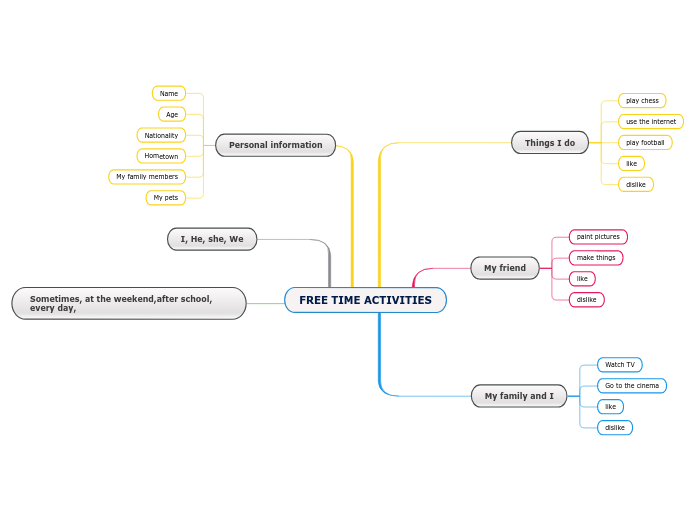realizată de Kayleigh Strong 1 an în urmă
133
Kayleigh How Buddhism Was Born
Siddhartha Gautama, known as the Buddha, is the founder of Buddhism and dedicated his life to teaching the path to enlightenment. The fundamental beliefs of Buddhism are encapsulated in the Four Noble Truths, which address the nature and cause of suffering and the path to nirvana.









